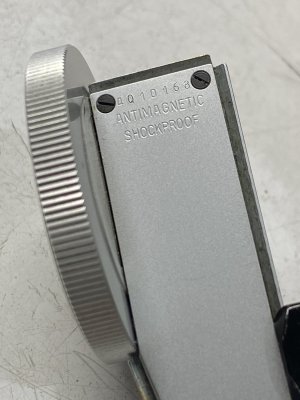- Joined
- May 1, 2022
- Messages
- 15
Had an attempted setup in my mill crash today. Luckily it was just while trying to zero things out setting up to cut. But…… the piece crashed into my mityotuo dial test indicator.
Everything seems to move and work, but how can I check to make sure it doesn’t need calibration?
Everything seems to move and work, but how can I check to make sure it doesn’t need calibration?


